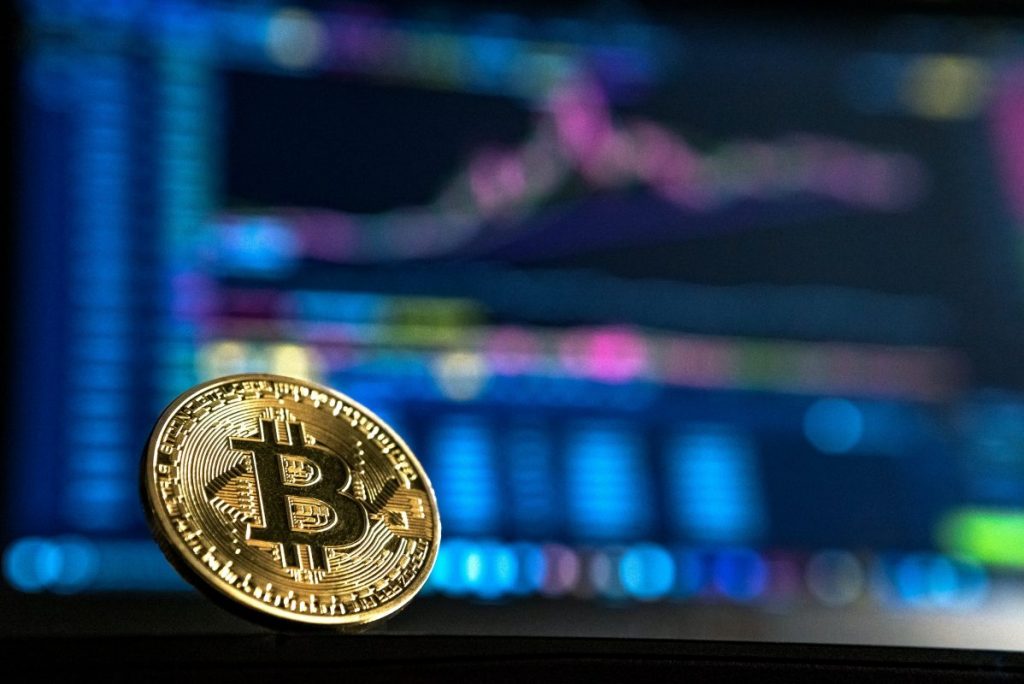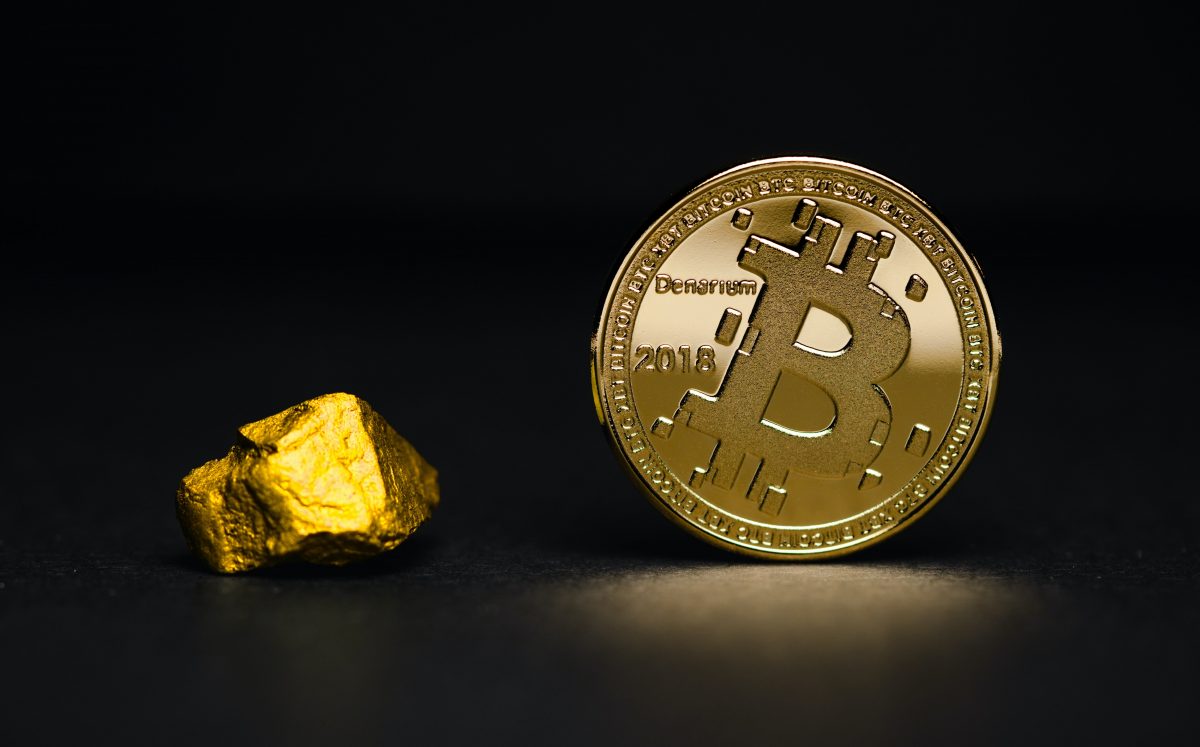A confirmed Bitcoin transaction is one that is part of the blockchain. Conversely, an unconfirmed is one that’s still pending. Every confirmation represents a block. The consensus is that it generally takes 3–6 confirmations to deem a blockchain record irreversible. For large trades, especially those worth millions of dollars, recipients may want to see dozens of confirmations.
The problem is that Bitcoin has scalability issues. And miners don’t pick transactions on a first-come, first-served basis. That’s why many don’t get confirmed as expected.
Keep reading to know what happens to unconfirmed Bitcoin transactions and what you can do about them. That’s why we at BC.Game bring some information and tips to have your transactions carried out successfully.
How do Bitcoin Transaction Confirmations Work?
Unless you’re what is known as a blockchain ‘miner’, there’s not much you can do to verify a transaction. Instead, you’ll need to leave it to the pros.
Every time you make a Bitcoin transaction, you will be given a ‘private key’ to make the request. Only you have access to this key, and the key is automatically generated and unique for each transaction. You’ll use the private key to request the transaction, and the transaction request will then be broadcast on the Bitcoin network.
Miners will then take your request, along with many others, and privately mine the coded request to ‘solve it’. We won’t get into the mining process here as it is quite complex, but mining is an essential process for Bitcoin transaction verification.
Once it has been solved by a miner, the miner adds it to their own version of the blockchain ledger. Then, other miners and other users, known as nodes, will verify that the first miner’s proposal is correct and valid, and the new block containing all of those transactions will then be added to the public blockchain. By being added as part of a block to the blockchain, your transaction is now confirmed.
Each block in the blockchain is mathematically connected to the block that came before it. After the block containing your transaction is added to the chain, any block that follows acts as further confirmation. So, each block that follows the first confirmation is another confirmation that your transaction is legitimate.
How Many Confirmations are Needed for a Transaction?
Many Bitcoin wallets won’t process transactions until they’ve been confirmed at least three times.
In most cases, one confirmation is considered enough for smaller transactions below $1,000, three confirmations are best for transactions up to $1,000, and six confirmations are standard for transactions up to $1,000,000.
What Happens to Unconfirmed Bitcoin Transactions Then?
A transaction can be confirmed, unconfirmed, or rejected. When an unconfirmed transaction is confirmed and a blockchain is created, the transaction becomes confirmed and moves on. When the transaction is not confirmed and is instead rejected, the transaction is denied. Rejection can occur due to a few different factors.
If the sender is not a real sender, if the sender’s address does not have enough coins to complete the transaction, or if the recipient is found to be fraudulent, these can all lead to rejection.
So what happens to those that are merely unconfirmed? Unconfirmed transactions sit in the memory pool until they are confirmed or picked up by miners to be confirmed. For the most part, an unconfirmed status means that the transaction is waiting to be confirmed. A transaction is going to offer a transaction fee to help entice miners to pick up the order and get it moving along.
If the transaction fee is very low, the miner is less likely to pick it up and work the order. These transactions can stay in the memory pool indefinitely if they are not picked up or rejected. Unconfirmed transactions can be moved forward by the sender if they offer specific methods and incentives to miners.
How do bitcoin block confirmations work?
When you make a bitcoin transaction, it goes into a pool of unconfirmed transactions. Then, bitcoin miners select your transaction and place it into a block of transactions. The miner solves a special mathematical puzzle called a proof of work. After that, the Bitcoin Network confirms your block and adds it to the blockchain.
Each new block added to the blockchain is another confirmation of your transaction.
Because you need an enormous amount of computing power to solve these puzzles, they are difficult to undo. This is because each puzzle builds upon the previous blocks, so to get to block #2, you would need to also undo blocks #7, #6, #5, #4, and #3. This would take a nearly impossible amount of computing power, so your bitcoin is as secure as possible after six confirmations.
Sometimes, your transaction will be unconfirmed for a long period of time. This is likely because you did not include a large enough bitcoin miner fee or were using a bitcoin exchange to pay (exchanges do not attach bitcoin miner fees). Miner fees are like the shipping you pay when ordering something online.
They encourage the miner to select your transaction. Bitcoin exchanges often try to send their transactions as efficiently as possible. This can mean that the fee is not large enough or doesn’t arrive quickly enough for a miner to include your transaction in the next block.

Why Worry About Confirmation?
Confirmation does help you to get your transactions moving and to make sure that your transactions are going to be approved time and time again. If you are working to make sure your confirmations come fast, you do want to take the time to offer higher fees to help entice the miners to pick them up. In most cases, confirmations only take a few days and up to a week. If you have had a transaction out longer than that and are still having trouble moving it forward, it is always going to be best to take the time to get your fees straight to help move it along.
Bitcoin is a great way to invest, and with the right fees and the right confirmation, your transactions can be approved in no time. If you are having trouble finding suitable fees, you can always look at comparable fees for the particular transaction that you are trying to make. Since confirmations are so important, you do want to make sure you are taking the time to get those transactions confirmed and move them from the memory pool to your recipients.

















